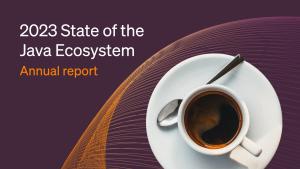
What Full-Stack Observability Requires Today
Observability is a lot more than a synonym for monitoring. Monitoring gives software teams instrumentation, collecting data about their systems and allowing them to quickly respond when issues occur.
Observability has become an important practice for modern digital enterprises because no other strategy so effectively enables engineers to deliver excellent customer experiences with software, despite the complexities and distributed nature of their application and infrastructure landscape.
From the experience of the frontend UI to the container resources configured for Kubernetes deployments, the principles of full-stack observability must be applied to your full IT environment to equip software teams to:
- Deliver high-quality software at speed and scale
- Build a sustainable culture of innovation
- Optimise investments in cloud and modern tools
- See the real-time performance of their digital business.
But how do you establish full-stack observability in your environment? And what results can you expect when you achieve it? Download the eBook to learn about three core elements of full-stack observability.


